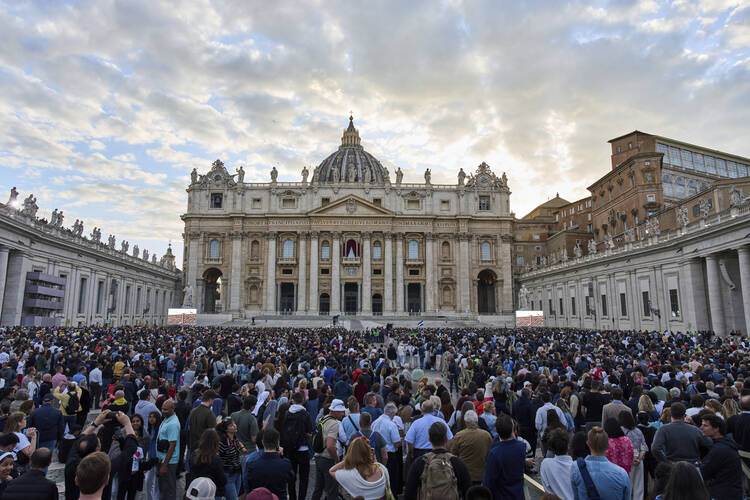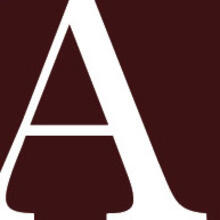VATICAN CITY (AP) UPDATE: 6:13 A.M. E.T.:
Cardinals failed again Thursday morning to find a successor to Pope Francis, sending black smoke billowing up through the Sistine Chapel chimney after two more inconclusive rounds of conclave voting.
The black smoke poured out at 11:50 a.m. (0950 GMT) after the second and third ballots to elect a pope to lead the 1.4 billion-member Catholic Church.
With no one securing the necessary two-thirds majority, or 89 votes, the 133 cardinals will return to the Vatican residences where they are being sequestered. They will have lunch and then return to the Sistine Chapel for the afternoon voting session. Two more votes are possible Thursday.
Some of the 133 voting cardinals had said they expected a short conclave to replace Pope Francis. But it will likely take a few rounds of voting for one man to secure the two-thirds majority, or 89 ballots, necessary to become the 267th pope.
What time will we see black or white smoke?
In short, whenever the cardinals are done voting. There is no preset time when the smoke signals are sent. However, timing from past conclaves can provide some clues. In previous conclaves, the following times (Rome local time) were good bets for when to watch: 10:30 a.m. and noon, and again at 5:30 p.m. and just after 7 p.m. Last night, however, there was no black smoke until 9:01 p.m.—more than an hour later than the first smoke signal at the 2013 conclave. Times today may or may not be similarly pushed back.
How can I watch the chimney for white or black smoke?
Most major news outlets are providing live coverage from in and around the square. You can also watch the livestream from Vatican Media English on YouTube.
How long has it taken in the past to elect a pope?
For much of the past century, the conclave has needed between three and 14 ballots to find a pope. John Paul I—the pope who reigned for 33 days in 1978—was elected on the fourth ballot. His successor, John Paul II, needed eight. Francis was elected on the fifth ballot in 2013.
What happened yesterday on the first day of the conclave?
The cardinals opened the secretive, centuries-old ritual Wednesday afternoon, participating in a rite more theatrical than even Hollywood could create.
Cardinal Pietro Parolin, the 70-year-old secretary of state under Francis and a leading contender to succeed him as pope, assumed leadership of the proceedings as the senior cardinal under age 80 eligible to participate.
Parolin stood before Michelangelo’s vision of heaven and hell, “The Last Judgment,” and led the other cardinals in a lengthy oath. Each one followed, placing his hand on the Gospel and promising in Latin to maintain utmost secrecy. The ritual was a wash of red-robed cardinals, Latin chants, incense and solemnity that underscored the magnitude of the moment.
Outside in St. Peter’s Square, the scene was festive as thousands of people flocked to the piazza to watch the proceedings on giant video screens, applauding when the Sistine Chapel’s doors slammed shut and the voting began.
They waited for hours, watching screens that showed just a skinny chimney and occasional seagull. After the vote dragged on to dinnertime, some left in frustration, but those who stayed cheered when the smoke finally billowed out.
“My hope is that cardinals will choose a man who can be a peacemaker and could reunify the church,” said Gabriel Capry, a 27-year-old from London.
The cardinals were sequestered from the outside world Wednesday, their cellphones surrendered and airwaves around the Vatican jammed to prevent all communications until they find a new pope.
Francis named 108 of the 133 “princes of the church,” choosing many pastors in his image from far-flung countries like Mongolia, Sweden and Tonga that had never had a cardinal before.
His decision to surpass the usual limit of 120 cardinal electors has both lengthened the amount of time it takes for each vote to be processed and injected more uncertainty into a process that is always full of mystery and suspense.








